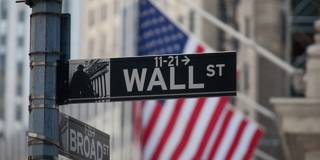The long-standing dichotomy between the state and the market is misleading, and poses a major obstacle to understanding and addressing today’s policy challenges. We should instead aim to improve both, and to contain each within its respective sphere.
CHICAGO – “The return of the state” is a phrase seemingly on almost everyone’s lips nowadays. Given the global challenges posed by the COVID-19 pandemic and climate change, the argument goes, it is governments, not markets, that should be responsible for allocating resources. The neoliberal revolution started by Ronald Reagan and Margaret Thatcher has apparently run its course. New Deal-style state intervention is back.

CHICAGO – “The return of the state” is a phrase seemingly on almost everyone’s lips nowadays. Given the global challenges posed by the COVID-19 pandemic and climate change, the argument goes, it is governments, not markets, that should be responsible for allocating resources. The neoliberal revolution started by Ronald Reagan and Margaret Thatcher has apparently run its course. New Deal-style state intervention is back.